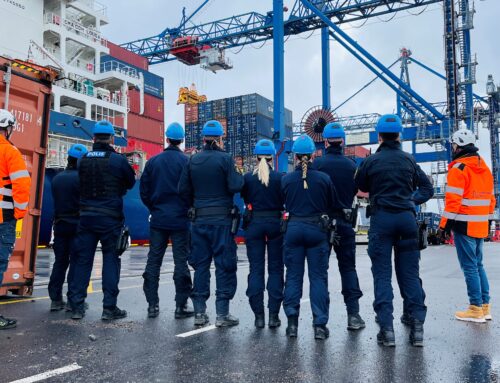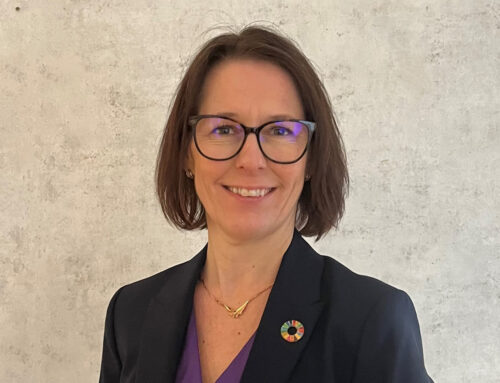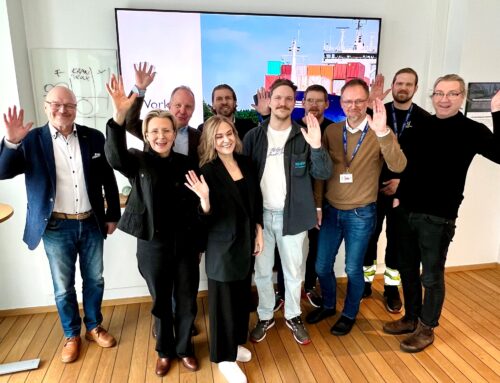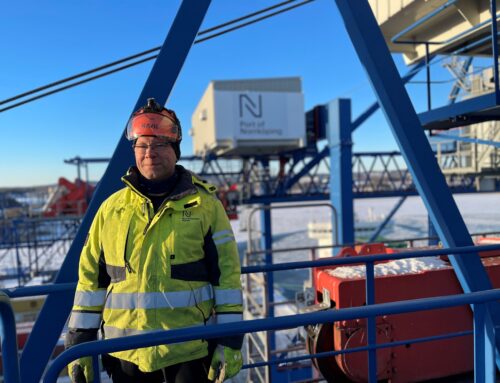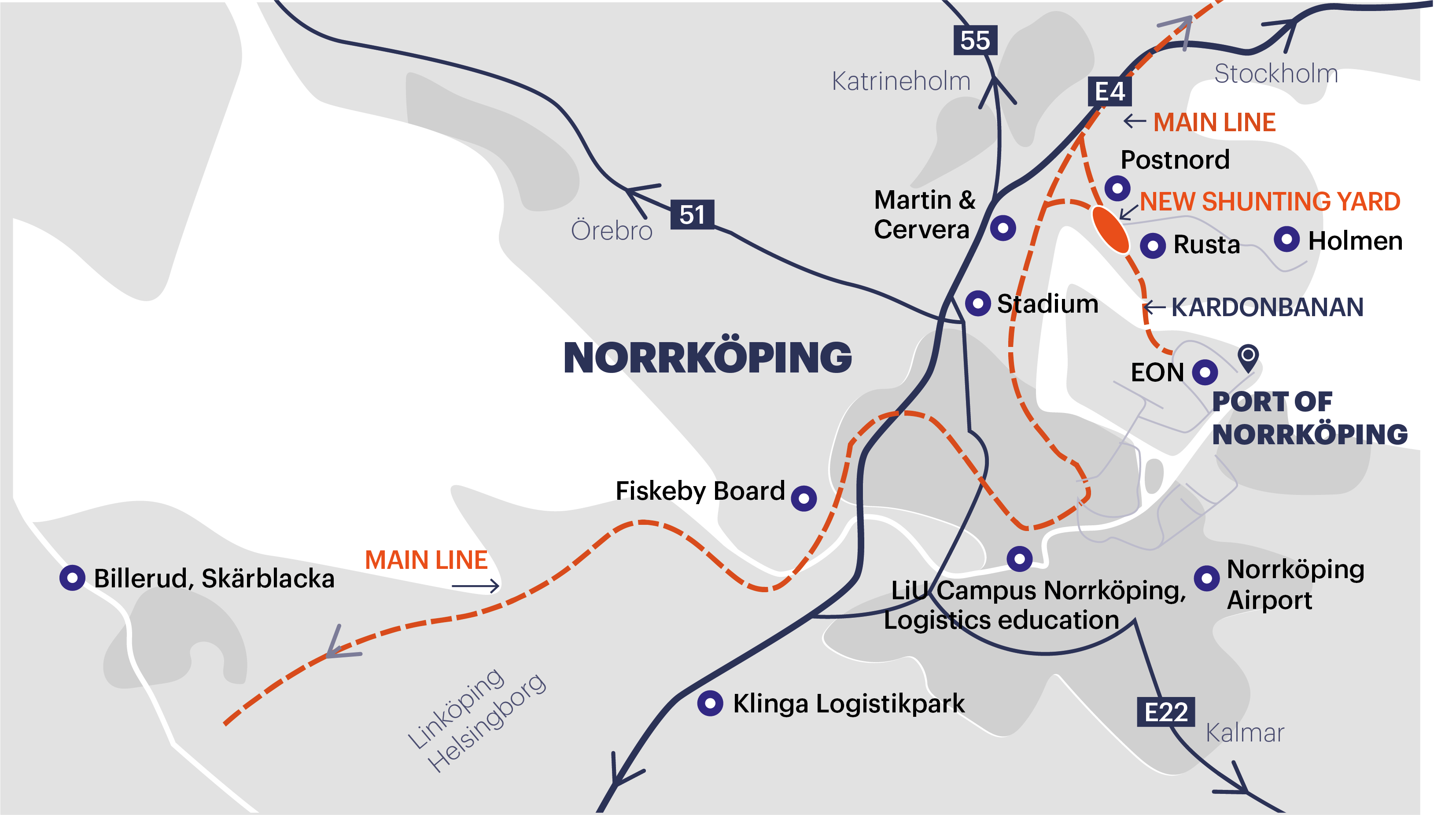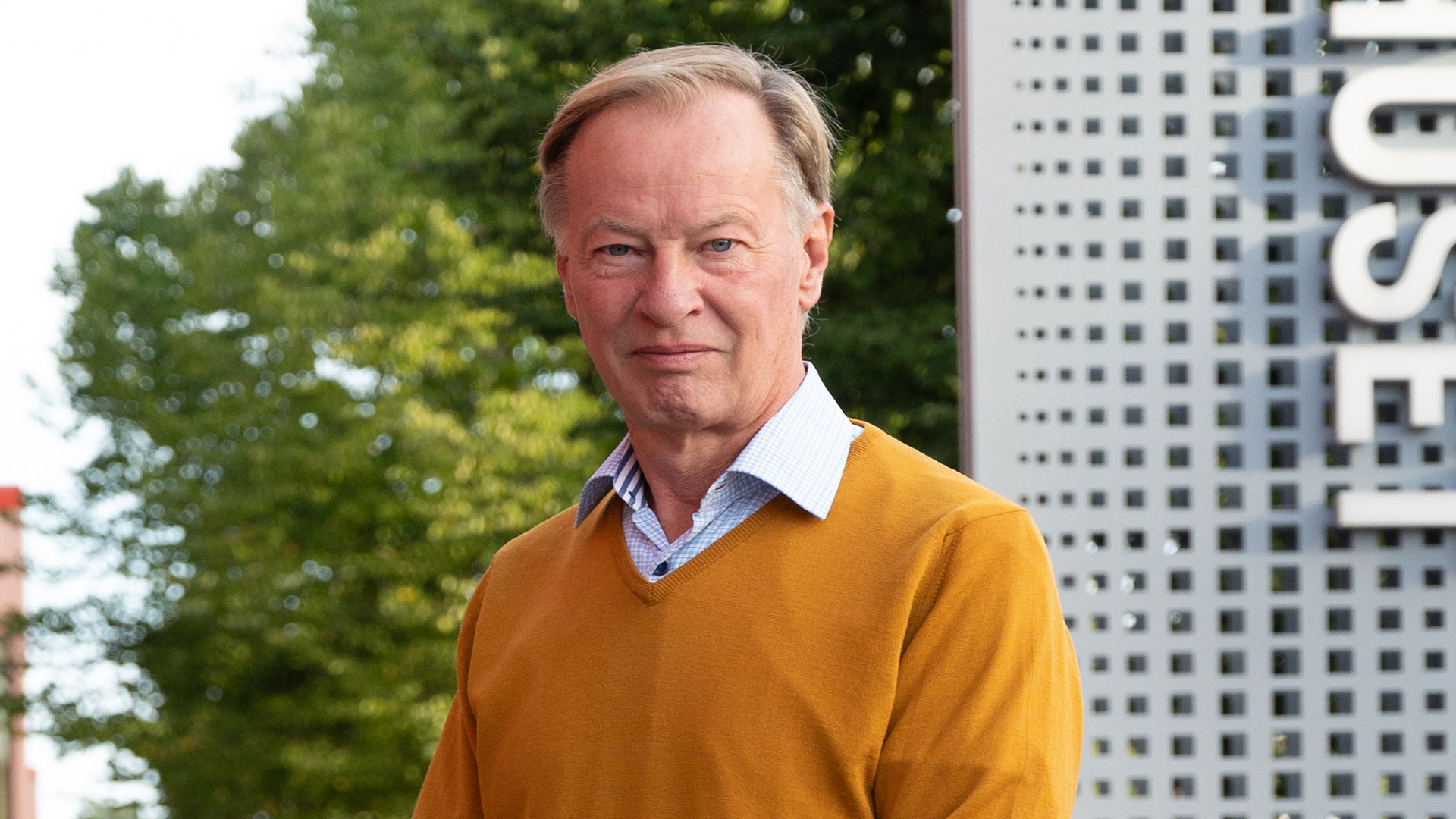
2023-11-22
For decades, we have optimized our logistics systems so that the total logistics costs will be as low as possible. Local warehousing has been replaced by distribution centres that sometimes supply the whole of Europe from a central storage point to gain maximum economies of scale. In the same way, efficient and cheap sea transport from Asia, where the production was moved, has contributed to the fact that the stock volumes have largely been “in transit”.
But when the pandemic showed us the hard way what a lack of storage can lead to and when the giant ship Ever Given ran aground and blocked the Suez Canal, everything changed. We learned the hard way that local and regional stocks are good to have. With a climate crisis breathing down our necks, transport costs will increase, not least as a result of higher environmental fees. The logistics calculation will change. Instead of chasing capital bonds as we have done for the last few decades, we will chase transport costs. Stock volumes will increase so that transport can be better consolidated and to reduce the vulnerability of our supply systems. Production will be moved from other continents to Europe with shorter transport times as a result and we will no longer be able to afford to stress our logistics systems with too much JIT deliveries and express transports. At the same time, transport with a low climate footprint will be prioritized to reduce greenhouse gas emissions.
The railway is important, but we should not be led to believe that it will be able to be expanded quickly enough to take care of all the transport that today goes by road to/from and through our long country. In our research on electrified truck transport, it is also becoming increasingly clear that the electrical systems will not be able to cope with the charging requirements that the long-distance freight transport will require. With such a development, our ports have a special position. A port is not only part of a maritime transport system, but also a node around which we can build the climate-smart supply chains of the future. Here, the regional ports have a golden future. More warehousing near the ports, intermodality with rail, but also with regional electrified truck transport that can be charged at night when the capacity of the electricity grid is sufficient are key components of climate-smart logistics.
But that requires that shipping also takes responsibility for its part of the transition and reduces its emissions. It is no longer possible to live on the simple logic that a ship due to its size consumes less energy than a truck per unit load and that sea transport leads to less traffic congestion compared to land transport, etc. It will also require a great deal of logistics know-how and aggressive entrepreneurship which extends beyond sulfur directives, climate-controlling port charges and an eternal desire for more government support. Namely, we cannot expect that the transition to fossil-free freight transport will be driven from the political side with government money – it is the business community that is expected to do the work, which includes the development of future infrastructure.
The field is open for the ports to take a proactive role in the transition to a fossil-free transport sector. After working together with the port of Norrköping in Östergötland’s regional development for many years, their role in the transition to climate-smart logistics is clear to me. As a node and infrastructure for the large sea and land flows, the port of Norrköping has a natural position in bringing together the various actors in the various systems and getting them to pull in the same direction. It is in the port that both ships and land transport can access alternative fuels and shore power, and it is there that freight volumes and flows are consolidated. The potential is there – but it requires you to step forward and show that you are prepared to take the lead in this development.
Here, I think you should learn from an initiative that already exists linked to shipping. Within the framework of COZEV (www.cozev.org), large commodity owners collaborate to push forward a transition with common goals of fossil-free maritime transport. Through COZEV, they have the opportunity to communicate with a common voice on policy issues and concrete measures and thereby actively drive the pace and level of ambition in the transition.
Prof. Mats Abrahamsson
Linköping University
A creative collaboration between the ports of Sweden and the Baltic Sea, a Swedish COZEV, should be able to create both new markets and exciting climate-smart logistics systems with the port as a node. Together, you become the infrastructure needed for an efficient and proactive transition.
…………….
The guest column is a commenting text and the columnists themselves are responsible for analysis and opinions in the text.

